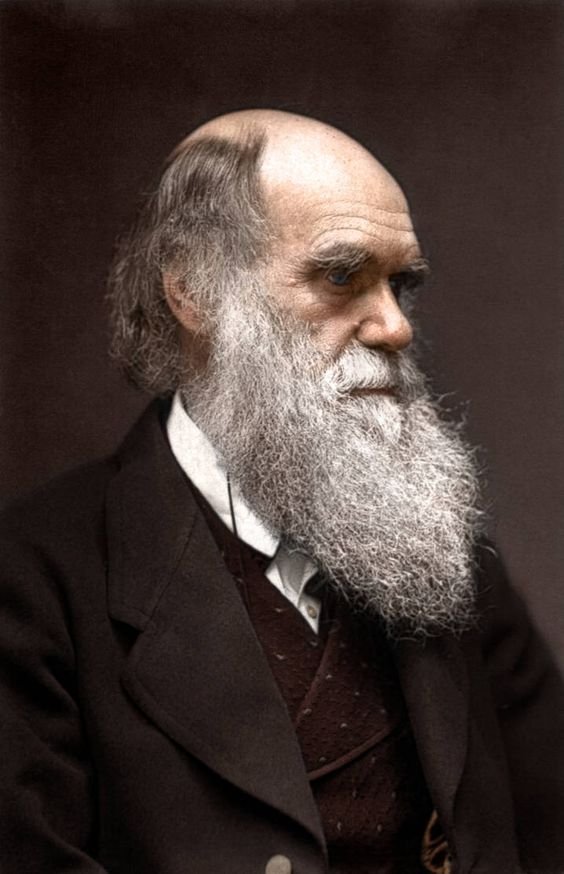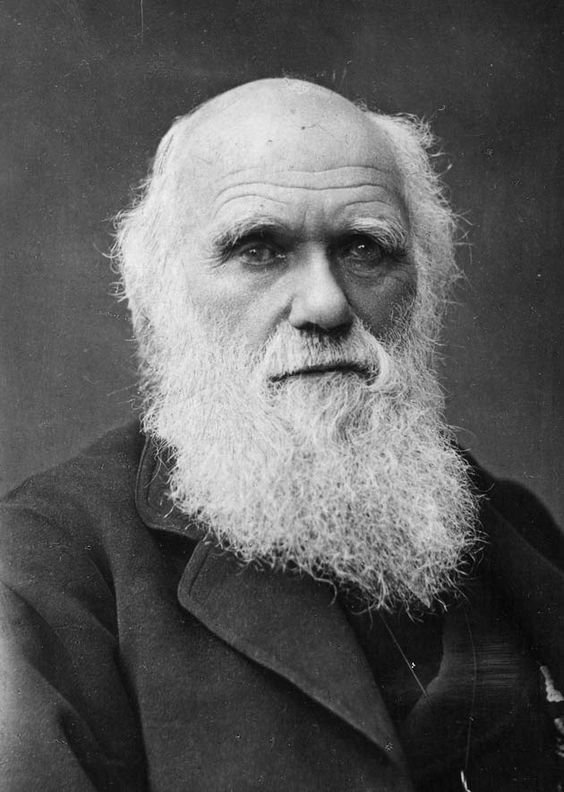Charles Darwin
Table of Contents
Charles Darwin
Charles Darwin’s portrait the pioneering naturalist whose proposition of elaboration revolutionized the natural lores, has been the subject of numerous pictures. Born on February 12, 1809, in Shrewsbury, England, Darwin embarked on a trip that would unnaturally alter our understanding of life on Earth. His seminal work,” On the Origin of Species,” published in 1859, introduced the conception of natural selection, which posits that species evolve over time through the survival and reduplication of individualities stylish suited to their surroundings. The pictures of Charles Darwin portrait, thus, aren’t just delineations of a man but representations of a transformative scientific figure whose ideas continue to impact contemporary study.
Early pictures and Public Perception The early pictures of Darwin frequently reflect the puritanical period’s cultural sensibilities and the public’s perception of him as a respectable and studious gentleman. One of the most notorious early pictures is George Richmond’s chalk drawing from 1840, which depicts Darwin as a youthful man in his early thirties.

This portrayal captures him in a reflective disguise, with a hint of a smile, suggesting a man of deep study and quiet confidence. These early representations played a pivotal part in shaping the public image of Darwin, emphasizing his intellectual curiosity and fidelity to scientific inquiry at a time when his groundbreaking propositions were still in development. Mid-Career pictures A Scientist in His Prime As Darwin’s propositions began to gain traction and his public profile grew, pictures from hismid-career period reflect a man deeply immersed in his work.
The pictures from this period, similar as the oil painting oil by John Collier from 1881, show Darwin with a full beard, an suggestion of his advancing age and maturity. This period also marks a shift in how he was portrayed, with a lesser emphasis on his status as a leading scientist. The intensity in his eyes and the furrowed brow in these pictures suggest a man scuffling with profound ideas and the weight of his discoveries. This portrait of Darwin as an violent, focused scholar helped solidify his character as a pioneering thinker. Late- Life pictures The savant of elaboration In his after times, pictures of Darwin, similar as the notorious snap by Julia Margaret Cameron from 1868, present him as a venerable elder statesman of wisdom. These images frequently show Darwin with a long, flowing beard and a serene, nearly patriarchal presence. The wimpiness of Cameron’s photographic style contrasts with the frequently harsh scrutiny he faced from critics of his evolutionary proposition.
Late- life pictures of Charles Darwin portrait
Emphasize his enduring commitment to wisdom and the reflective serenity of a life devoted to understanding the natural world. These images convey a sense of wisdom and tranquility, suggesting that Darwin had come to terms with his heritage and the impact of his work on unborn generations. Symbolism and heritage in picture Charles Darwin’s Portrait pictures are rich in symbolism, reflecting the broader counteraccusations of his work and his lasting heritage. The recreating rudiments of his pictures, similar as his thoughtful expressions and scholarly address, serve to support his image as a monumental figure in wisdom.
Charles Darwin’s Portrait in colorful stages of life — from the immature, curious naturalist to the wise, senior savant — glasses the trip of his scientific career and the elaboration of his ideas. These pictures not only capture his likeness but also synopsize the substance of his benefactions to our understanding of natural history. Through these visual representations, Darwin’s heritage is continuously recognized and redefined, allowing each generation to engage with his monumental achievements. The Influence of Darwin’s pictures on Modern Culture Charles Darwin’s Portrait have transcended their original function as bare representations and have come iconic symbols of scientific bid and discovery. They appear in handbooks, galleries, and popular media, serving as enduring monuments of his groundbreaking work.

Charles Darwin’s Portrait with his distinctive beard and reflective aspect is incontinently recognizable and evokes a sense of intellectual pursuit and curiosity. These pictures have also told how scientists are depicted in general, frequently emphasizing traits similar as wisdom, perseverance, and fidelity. In this way, the pictures of Charles Darwin continue to inspire and impact, icing that his benefactions to wisdom remain a vibrant part of our artistic and intellectual heritage.

